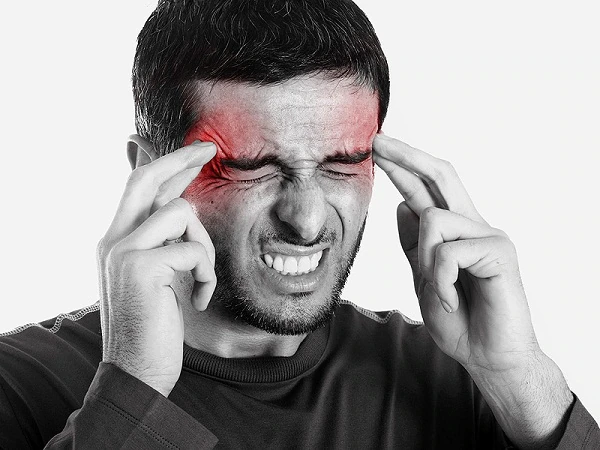
Migraine is a disabling headache usually on one side of the head,
throbbing or
pounding in character, worsen with physical exertion activity. One in 10 people have this type of
headache. It typically lasts for 4- 72 hours but may also last longer. Classical migraine is
associated
with aura- that is often accompanied by sensitivity to light , sound, or smells, nausea, vomiting.
But
it can also be present without these symptoms.
Aura are alarming symptoms which typically occurs
in
all patients but not are not compulsory. Symptoms like intolerance to lights, sounds, nausea,
vomiting,
tingling sensations in arms and legs, blurred vision, confusion, dizziness, irritability. These
symptoms
are alarming sign for acute attack of headache. Typically are present for 20-70 minutes and then
goes
off.
Migraine pain is usually accompanied with the following signs and symptoms:
The exact cause of migraine headache is yet to be discovered. Environmental conditions and Genetics play important role in causing migraine headaches. Imbalances in the chemical mediators of brain like serotonin have said to play important role.
Treatment options includes.
Avoiding the triggering factors , understanding the aura and taking the medicine before migraine sets in.
Drugs as prescribed by the physician is to be taken to abort the acute attack of migraine- NSAIDs, triptan group of drugs, ergotamines.
Drugs to prevent the attack of this headaches are given to the following candidates;
Botox injection is the new the technique which provides relief from migraine headache.
The FDA approves the use of Botox to treat chronic migraine in adults who are age 18 or over.
Usually it gives relive for 6-8 months after which it has to be repeated. Few people may be allergic to Botox therapy and may express some reactions.
Intense, exploding headache
New-onset headache in patients
Persistent morning headache with nausea
New onset of headache in a patient with history of cancer
Progressive headache, worsening over weeks .
Headaches associated with postural changes
Aura symptoms that last longer than an hour
Occur for the first time on using oral contraceptive pill
PANAX is one of the first multidisciplinary pain management center offering comprehensive non surgical pain management services.
All our Treatment are:
Medical History: The healthcare provider will take a detailed medical history, including a history of headache symptoms. They may ask about the frequency, duration, and characteristics of the headaches, as well as any associated symptoms.
Headache Description: The patient will be asked to describe the nature of their headaches. This includes details such as the location of the pain, its quality (throbbing, pulsating, etc.), any aura symptoms, and any triggers that seem to precede the headache.
Your physician may also ask yo for various tests like blood test, MRI Scan, CT Scan depending on the associated features.